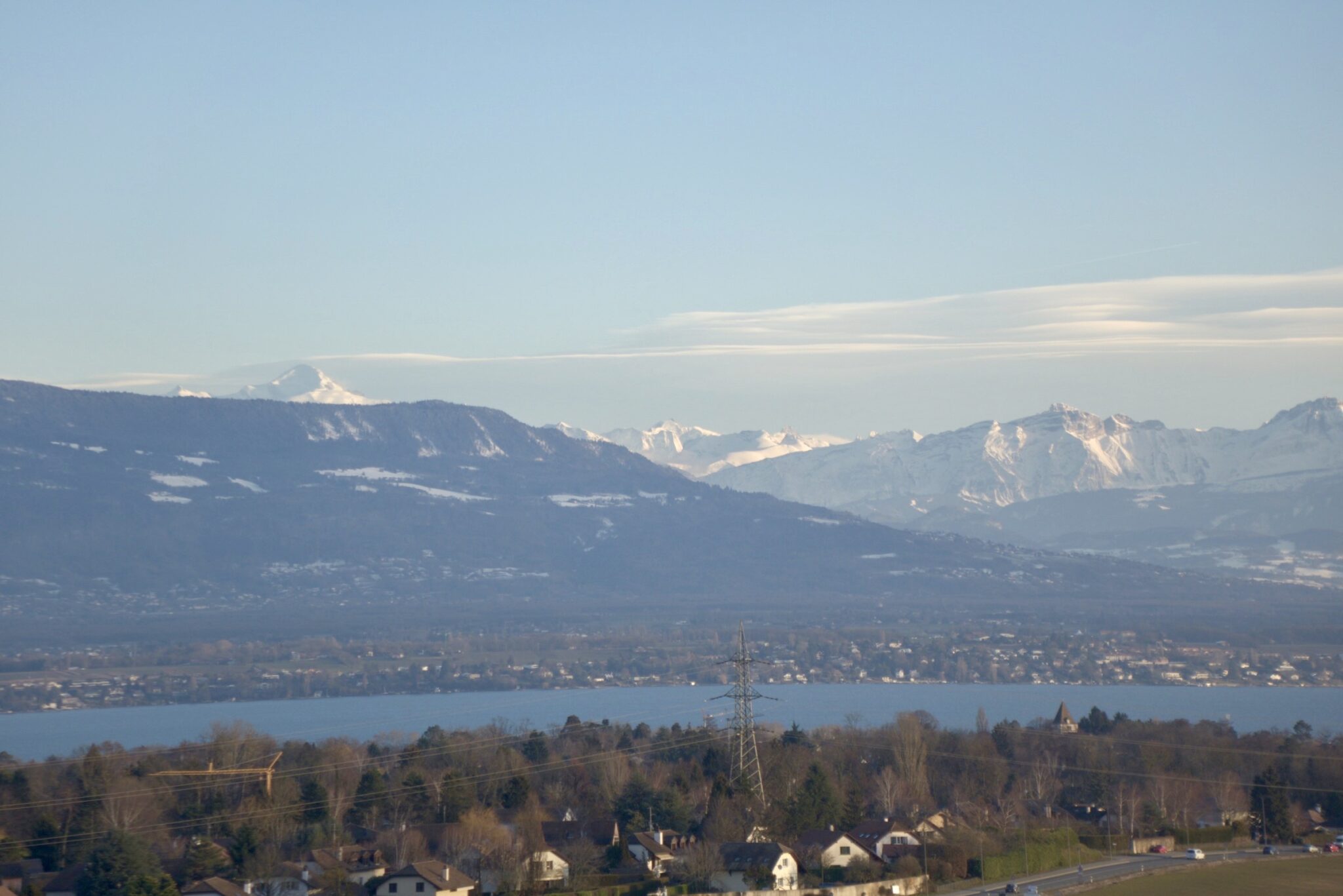Over a decade after embarking on this journey, my daughter celebrated her official end to residency. Unfortunately, I wasn’t there. Nor was I there when she graduated with honors from UWSP or for her White Coat Ceremony. She was only 5-years-old, the last time that I could help her with anything science related; I read aloud for the umpteenth time her favorite book about blood cells. Even her high school bio and chemistry was over my head. Where did the interest in science come from? There are no doctors in the family.
Yet she moved 4,000 miles away from home and stepped up to each challenge the medical field threw at her: MCAT exams, med school applications, interviews, boards. Do the math: 4 years undergrad, 4 years medical school, 3 years residency, rotating between dozens of different departments in a dozen different hospitals and clinics. What kind of commitment and resiliency sees one through such a grueling ordeal?

the wild bunch
When I was growing up, I didn’t know any female doctors, lawyers or pro basketball players.
I carved my own path to become a pro athlete, then raised my daughter to believe she could do anything she put her mind to. When I was invited to UWSP to speak about women’s sports, they also asked Nat to share how Title IX and her experiences as a student athlete impacted her academic career.
“In 1970, less than 8% of physicians were women,” Nat said when she spoke with me at UWSP’s celebration hosting the 2014 NCAA Basketball Final Four Tournament. “My med school class at the University of Minnesota was about 50% female. Though I’ve faced sexism, both as an athlete and as a physician, I’m privileged to have grown up at a time where my gender was not a major handicap to pursuing my dreams. Title IX played a big part.”
I’d like to think that I taught her something worthwhile in the gym. Teams teach people skills. Yet none of her athletic experiences could prepare her for 70-80 hour weeks often caring for critically and sometimes terminally ill children.
“The theme of my personal statement for residency was coaching, and how it taught me to interact with kids and speak their language, a skill that I use every day as a pediatrician,” Nat said. “I use my history as an athlete to build rapport with my patients, whether it’s commiserating with an overachieving high school senior about the difficulties of balancing sport and school, or challenging the child who’s stuck in the hospital waiting for a transplant to a game of H.O.R.S.E. on a plastic hoop in his room.”
“Today, I’m still part of a team working towards a common goal, but instead of a
point guard and a post player, my teammates are nurses and doctors and patients’
parents,” she added. “The stakes are a lot higher, the losses so much greater. My job is incredibly rewarding, but it is also difficult.”
“I’m not going to stand here and tell you that collegiate athletics prepared me for the challenges of residency; there’s no way it could have. Staying up for 30 hours straight managing critically ill patients makes preseason look easy. The pressure of trying to make a free throw at the end of the game is nothing compared to the pressure of trying to make the right decision when you have a life in your hands. And no experience, on or off the court,
can prepare you to sit down with the parents of the child you’ve been fighting to keep
alive and tell them that there’s nothing more you can do.”

with supporting team: uncle Dick and aunt Karen
“But what I do credit sports for, is teaching me to persevere. It’s on the basketball
court that I first learned that you don’t quit when things get tough. That when you’ve
made a commitment to your teammates, you owe it to them to follow through. That
when someone knocks you down, you better get right back up and keep playing.”
Right on. Doctors have to persist in the face of the greatest loss.
Though I regretted I wasn’t able to attend the U of M class of 2014s celebratory dinner, I was grateful her Mama Dos was standing in. With a hot meal, my sister, Karen, and brother-in- law, Dick, transplanted Minnesotans, helped restore her broken spirit after every set back.
As Nat concluded, “Those lessons learned on the playing field are valuable to every girl, whether she grows up to be a professional athlete or a doctor or a teacher or a stay-at-home mom, because regardless of what she chooses to do with her life, there will be challenges. And, to quote Nelson Mandela, “The greatest glory in living lies not in never falling, but in rising every time we fall.”
Stand up and stand tall as you embark on your medical career. A pediatrics clinic in the Minneapolis area is gaining one extraordinary doctor. And, from afar, your dad and I raised our glass to one extraordinary daughter.



























